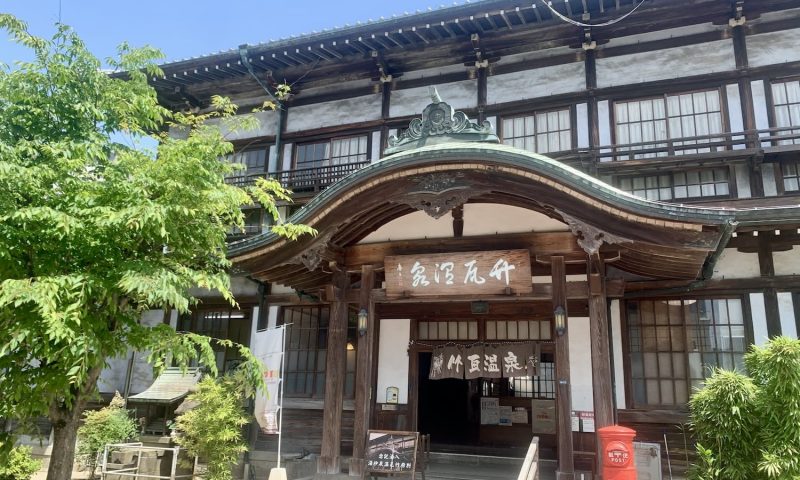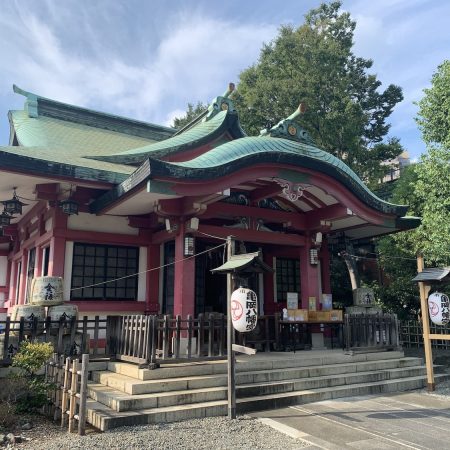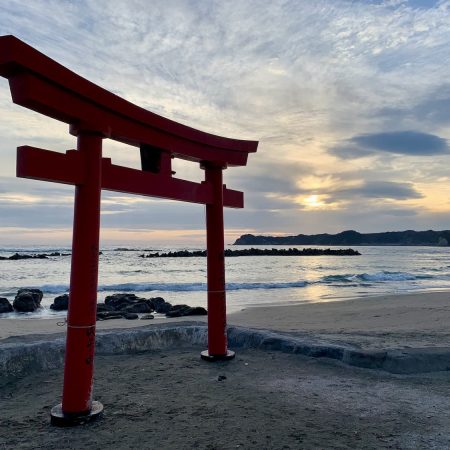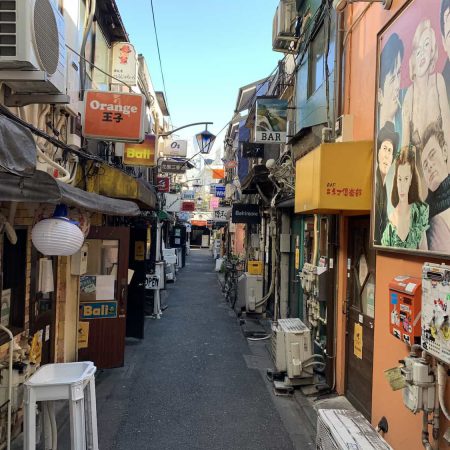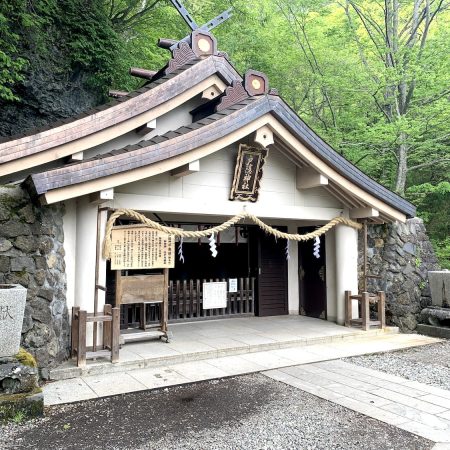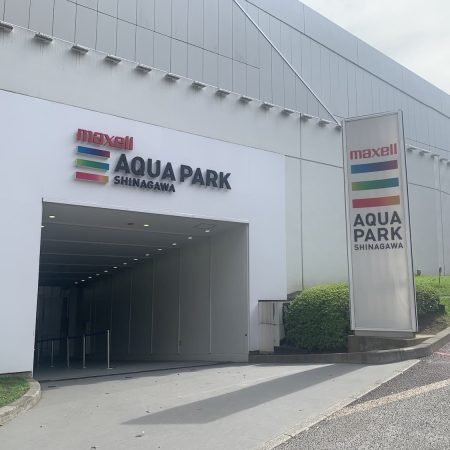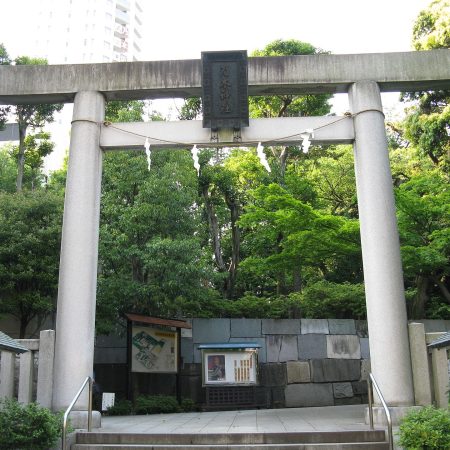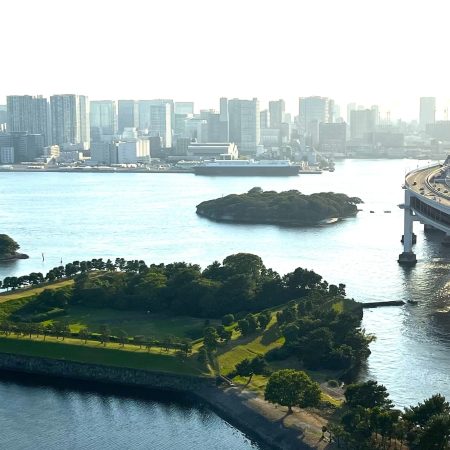Tranquil Haven: Takegawara Onsen, Beppu City
Nestled in the heart of Beppu City’s Motomachi district lies the enchanting Takegawara Onsen, a haven of healing waters dating back to 1879. Legend has it that this tranquil sanctuary emerged from the humble abodes of local fishermen, who sought solace in the hot springs that bubbled forth near the coast. The very name “Takegawara” whispers tales of its origin, paying homage to the bamboo roofs that once sheltered those early bathers.
As word spread of the miraculous curative powers of these thermal waters, a steady stream of seekers converged upon its shores, drawn by both its fame and the convenience of its harbor-side location. Witnessing this surge in popularity, the onsen underwent a transformation in 1902, donning a new guise of wooden tiles, before undergoing a further rejuvenation in 1938, securing its status as a paragon of architectural elegance.

Stepping into the grandeur of the Takegawara Onsen building, one is greeted by a symphony of wooden beams and soaring ceilings, where the intricate melding of Karahafu gable roofs, irimoya, and hirairi-zukuri styles, along with a captivating hip corner, enchant the senses. Within, a labyrinth of relaxation unfolds, with a spacious hall on the ground floor, the ethereal sand bath beckoning from the west wing, and secluded sanctuaries for both men and women in the east.
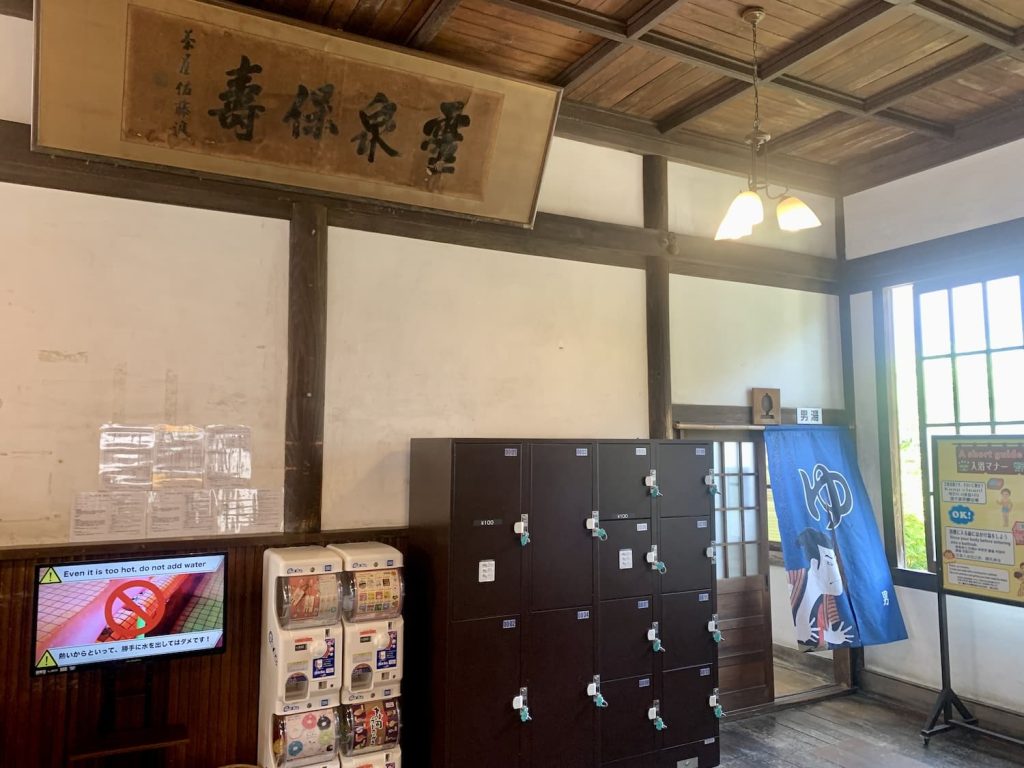
But perhaps the true marvel lies not in its structure alone but in the timeless ritual of bathing, where water drawn from a central source flows freely, inviting guests to partake in a cleansing of both body and spirit. Beyond its architectural splendor, Takegawara Onsen is enshrined in history as one of Japan’s oldest surviving arcades, with the Takagawara Koji Arcade linking its entrance to the bustling Nagarekawa Street, weaving a tapestry of tradition and modernity. As a custodian of Japan’s venerable hot spring culture, Takegawara Onsen stands as a testament to the resilience of tradition, honored as a Registered Tangible Cultural Property in 2004 and revered as a Modern Industrial Heritage Site in 2009.

